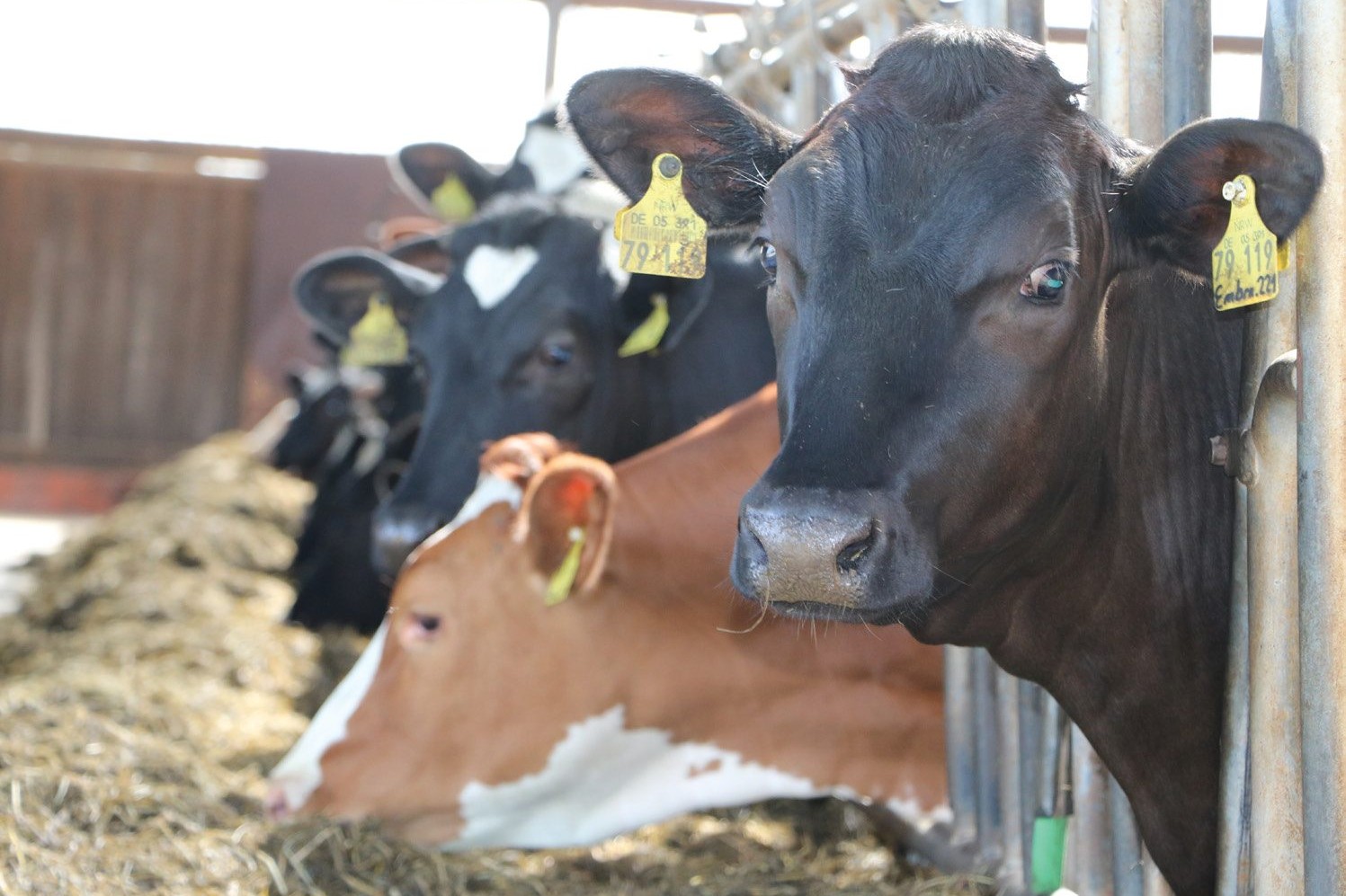European market rebounding, but Chinese risk
Both on the spot market and the price paid by dairies show a shaky but rising picture.

By Sjoerd Hofstee
Milk prices are going up in Europe. Both on the spot market and the price paid by dairies show a shaky but rising picture. The persistent demand from China also helps in Europe, but in silence there is fear: political tensions could prompt the Chinese to make export much more difficult.
By the end of May, the Dutch spot market showed a price of € 37.50 per 100 kilos of milk at 4.4% fat. In Germany, for example, it was around € 36 per 100 kilos of milk with 4% fat.
These are higher prices than the dairy market has seen here for a long time. In September and October 2020, the price rebounded briefly and then again suffered a serious decline.
Dairies such as FrieslandCampina, Arla Foods and various smaller players have also been paying milk prices around € 37 per 100 kilos of milk since this month; and the trend is for further rises.
There are several factors that cause this price increase. It goes without saying that there is a continuing demand from Asia, and especially China, for dairy products.
Cheese sales are also clearly picking up. In addition, the European catering industry and shops are slowly but surely opening up doors again. For many European dairies this is at least as important as the improving commodity markets. Cheese and all derivatives for bakeries and the catering industry account for a significant part of the turnover for many dairy plants, and importantly the margins on dairy for the catering industry are better than the margins on commodities like milk powder.
What also helps, of course, is the higher oil prices. Recently, for example, it tempted Algeria to put out a large tender for dairy. These kinds of initiatives clearly give the market a boost, providing positive sentiment for traders.
In addition, milk production is relatively low throughout Northwestern Europe. Or rather: less high than you would expect in a rebounding market. This has to do with the cold and wet spring and the high feed prices over several months, with farmers paying at least 15 to 20% more for feed than six months ago. This means that many dairy farmers consciously hold back the brakes a bit. When the weather finally improves and the milk price continues to rise, that brake will certainly be released again, but now it is actually still influencing the market in a positive sense.
Against all these positive noises for the short term, there are also worries. Among other things about the “inflation ghost”. Governments have pumped so much money into the economy that it has lost value. There is a strong idea that this will soon lead to significantly higher inflation.
An interest rate hike is then also obvious. In times of low interest rates, which seem to persist, there is really only one way for the interest rate: up.
In addition to concerns about inflation and interest rate hikes, there is currently the stronger Euro against the dollar that is hampering the European dairy market.
The biggest fear, however, is China. The country may continue to buy a lot of dairy, but there are also many tensions about human rights such as the situation with the Uyghur Muslims. This is so politically sensitive that there are fears every day that the Chinese government will become irritated and want to punish certain countries for it. It is obvious that dairy exports to China will have a harder time.
A Dutch saying goes: “You shouldn’t cry before you get hit.” From this point of view, dairy farmers worldwide should enjoy the improved milk prices. However, the risks on dairy farms are also increasing causing a number of farmers to protect themselves against risk, with buying milk futures clearly gaining popularity.





